Wall,China. …

The Great Wall of China is an ancient series of walls and fortifications, calculating more than 13,000 miles in length it is located in northern China. Perhaps the most recognizable symbol of China and its long and vivid history, the Great Wall was originally conceived by Emperor Qin Shi Huang in the third century B.C. as a means of preventing incursions from barbarian nomads. The best-known and best-preserved section of the Great Wall was built in the 14th century to 17th century A.D., during the Ming dynasty.
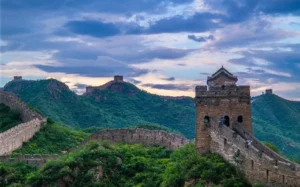
Thing most people “know” about the Great Wall of China—is that one of the only man-made structures visible from space—is not actually true. Since the wall looks a lot like the stone and soil that surround it, it is difficult to discern with the human eye even from low Earth orbit, and is difficult to make out in most orbital photos. However, this does not detract from the wonder of this astounding ancient structure.
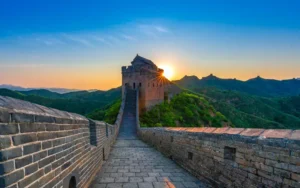
Chinese leaders instituted wall-building projects to protect the land from northern, nomadic invaders. Surviving section of such an ancient wall, in the Shandong province, is made of hard-packed soil called “rammed earth” and is estimated to be 2,500 years old. For centuries during the Warring States Period, before China was unified into one nation, such walls defended the borders.
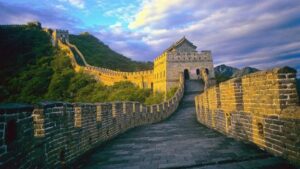
In 220 B.C.E., Qin Shi Huang, also called the First Emperor of united China. He masterminded the process of uniting the existing walls into one. At that time, rammed earth and wood made up most of the wall. Emperor after emperor strengthened and extended the wall, often with the aim of keeping out the northern invaders. In most of the places, the wall was constructed of brick. Elsewhere, quarried granite or even marble blocks were used. The wall was continuously brought up to date as building techniques advanced.
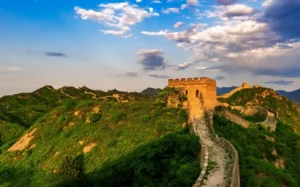
Zhu Yuanzhang, who became the Hongwu Emperor, took power in 1368 C.E. He founded the Ming Dynasty, famous for its achievements in the arts of ceramics and painting. The Ming emperors improved the wall og china with watchtowers and platforms. Most of the familiar images of the wall show Ming-era construction in the stone. Depending on how the wall is measured, it stretches somewhere between 4,000 and 5,500 kilometers (2,500 and 3,400 miles).
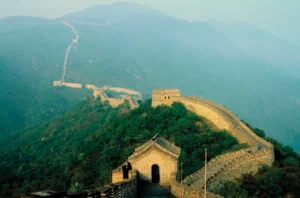
In 17th century, Manchu emperors extended Chinese rule into Inner Mongolia and maked the wall less important as a defense. However, it has retained its importance as a symbol of Chinese identity and culture. The ountless visitors view the wall every year. It may not be clearly visible from space, but it is considered “an absolute masterpiece” here on Earth.



